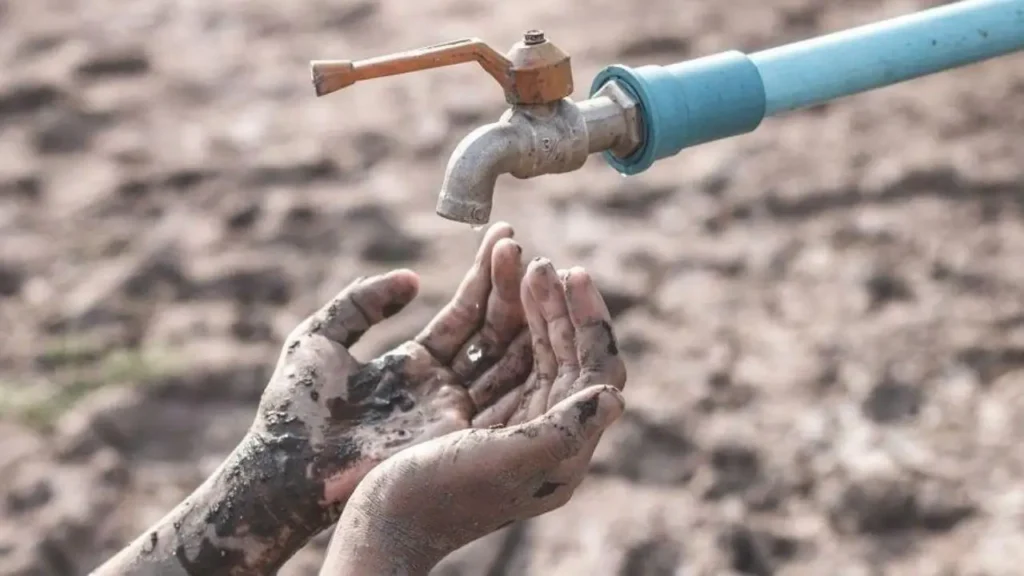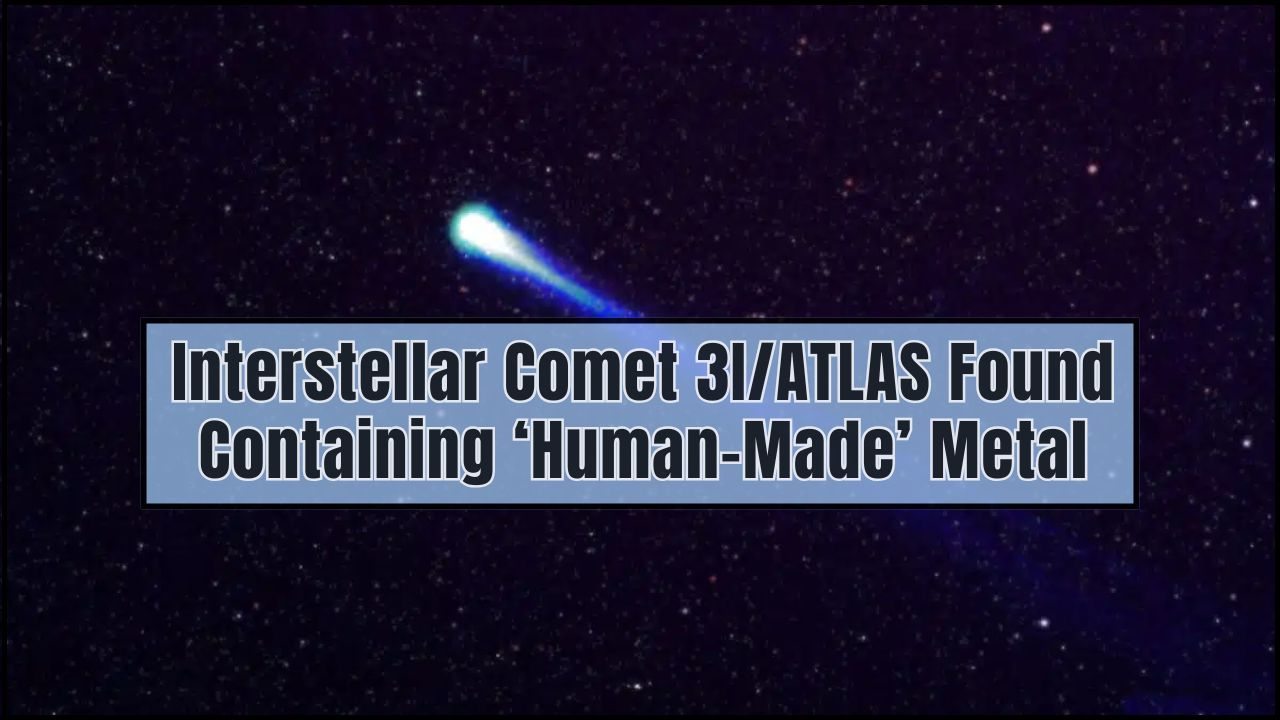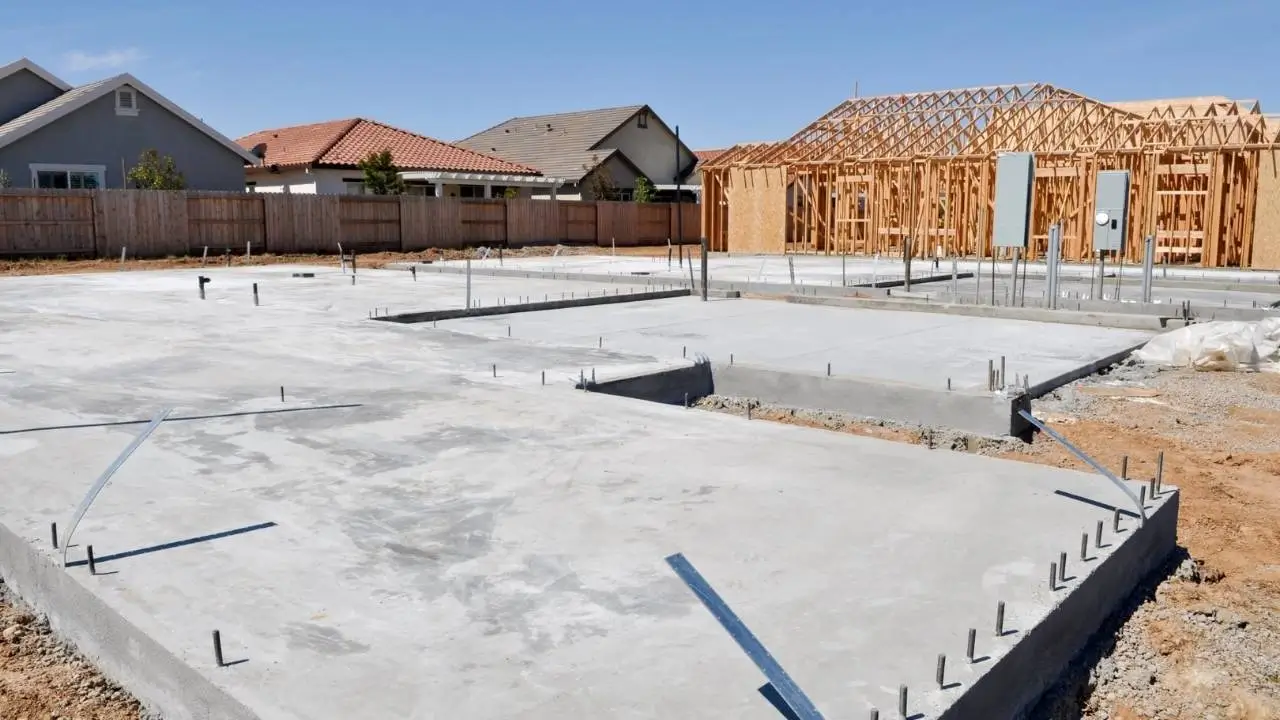Cache County is facing an increasingly dire water crisis that threatens both its current and future water supplies. Projected to worsen with rapid population growth and shifting climate conditions, the shortage has spurred county officials to develop an ambitious plan designed to secure a sustainable water future by 2030. With the potential to significantly impact agricultural production, industry, and daily life for over 120,000 residents, Cache County is determined to implement a multi-faceted strategy to address these pressing concerns.

Understanding Cache County’s Water Crisis
Nestled in northern Utah, Cache County is home to diverse landscapes, from mountainous regions to fertile agricultural valleys. As the population has steadily grown, so too has the demand for water – a resource that is already under pressure. A mix of ongoing drought conditions, low snowpack levels, and aging infrastructure have only exacerbated the problem.
County officials predict that by 2030, the demand for water will exceed supply, placing additional strain on the local ecosystem, agricultural businesses, and the daily needs of residents. With more people moving into the area and greater water consumption per capita, the current rate of water usage is unsustainable.
David Johnson, Cache County’s water resource manager, explains the urgency: “Our current trajectory simply isn’t sustainable. If we don’t take meaningful action now, Cache County could face significant water shortages that will affect every aspect of life here.”
By 2030, Cache County estimates that it will need an additional 30% more water than it currently uses. If no action is taken, this gap between demand and supply will only widen, making it imperative for the county to implement effective and innovative solutions in the coming years.
Key Components of the 2030 Water Solution Plan
Cache County’s plan for tackling the looming water shortage is rooted in a two-pronged strategy: short-term measures to address immediate water concerns and long-term solutions to ensure sustainability well into the future. The plan also seeks to engage the community, government bodies, and environmental organizations in a concerted effort to safeguard the area’s water resources.
Immediate Short-Term Measures
In the short term, Cache County is focusing on improving its water conservation efforts and addressing infrastructure inefficiencies.
- Upgrading Infrastructure: One of the largest sources of water loss in Cache County is aging water infrastructure. Leaky pipes and outdated systems account for a significant amount of water waste. Experts estimate that nearly 10% of the county’s water is lost due to inefficient infrastructure. By investing in upgrading pipelines and ensuring better water retention, the county hopes to conserve millions of gallons annually.
Johnson noted, “Fixing leaks in our infrastructure is one of the most cost-effective ways to ensure that we are using every drop of water wisely.”
- Water Conservation Campaigns: In parallel with infrastructure upgrades, the county is launching a public education campaign designed to reduce household water usage. These campaigns will focus on encouraging residents to adopt water-saving practices, such as installing low-flow faucets, using water-efficient appliances, and minimizing lawn watering.
The local government has also committed to offering financial incentives for residents who install water-efficient technologies or participate in water-saving programs. These initiatives are expected to provide both short- and long-term reductions in water demand.
- Water Recycling Initiatives: Although the county has made strides in reducing overall water consumption, it is clear that more comprehensive, sustainable solutions are needed. One of the most innovative aspects of the plan is the implementation of a water recycling program. This would involve treating and reusing wastewater for non-potable purposes, such as irrigation and industrial uses, to take pressure off freshwater resources. This could also help meet agricultural water demands, one of the largest consumers of water in Cache County.
“We are exploring a state-of-the-art water recycling system that can provide an additional, sustainable source of water for irrigation and other industrial purposes,” said Rebecca Mills, an environmental consultant working with Cache County on the water plan.
Long-Term Sustainable Solutions
While immediate measures will help alleviate some of the pressure, Cache County’s long-term solutions are critical for securing a sustainable water future for generations to come. The county’s comprehensive approach involves a combination of alternative water sourcing, improved water storage systems, and regional collaboration.
- Alternative Water Sourcing: One of the key aspects of the 2030 plan is the search for alternative sources of water. While reservoirs, rivers, and groundwater remain vital, Cache County is looking into new technologies and methods to diversify its water supply. One promising area of research is the use of desalination, particularly as the county’s proximity to Great Salt Lake offers a potential untapped resource. While desalination is expensive, its ability to provide an independent water source could become increasingly important if conventional sources continue to deplete.
- Expanding Water Storage Facilities: Cache County is also working to expand its water storage capabilities. Building new reservoirs and enhancing existing storage systems will allow the county to capture excess water during wet years and hold it in reserve for dry periods. Water storage is vital for buffering against droughts and ensuring that the county can maintain a stable water supply year-round.
“We have to think of water storage like a bank account,” said Jim Richards, a local water policy expert. “We need to save for the future when resources are abundant so that we can tap into those reserves when things get dry.”
The county plans to invest in several new storage projects that will improve water retention and enhance overall system capacity. These projects are expected to take several years to complete, but they will play a crucial role in mitigating future water shortages.
- Regional Water Partnerships: To make the best use of the region’s water resources, Cache County is exploring partnerships with neighboring counties and municipalities. By working together, local governments hope to better manage water resources, share water storage capacities, and jointly develop new infrastructure projects.
The county has already initiated discussions with the Utah Water Authority and local neighboring counties to share water resources more effectively. This collaboration is expected to result in a more interconnected and resilient water system across the region.
Expert Perspectives on the 2030 Plan
Experts in water management and environmental sustainability have praised Cache County’s comprehensive approach to tackling its water crisis. Dr. Emily Harper, a researcher specializing in water resource management, commented, “Cache County’s plan is an excellent example of the type of strategic thinking that will be required to manage water in an increasingly resource-scarce world.”
However, some experts have raised concerns about the time frame and funding required for the implementation of such a broad strategy. The expansion of water storage systems, the development of desalination infrastructure, and the implementation of a county-wide recycling program are all costly ventures. Critics argue that securing funding for these large-scale projects will require a significant commitment from both the public and private sectors.
Despite these challenges, many experts argue that the investments in water conservation, infrastructure, and innovation are crucial to ensuring Cache County’s future water security.
Growth vs. Green Space: What New Developments Really Mean for Parks and Public Land in Cache Valley
Public Reaction and Future Outlook
Cache County residents have shown a mixed response to the proposed plan. While many applaud the county’s proactive stance, others express concerns about the cost and potential disruptions caused by large-scale infrastructure projects. Public meetings and forums are being held to allow residents to voice their opinions and ask questions.
“We understand that not everyone will agree with every aspect of the plan, but we’re committed to listening to the community and making adjustments where possible,” said David Johnson.
Looking ahead, Cache County’s 2030 water plan will likely serve as a model for other regions facing similar water scarcity issues. As climate change continues to affect water availability in the western United States, local governments will be under increasing pressure to implement sustainable solutions to safeguard water resources.
While the timeline for full implementation of Cache County’s plan remains ambitious, the county’s proactive approach to addressing its water future positions it well to avoid the worst consequences of the looming crisis. The coming years will be crucial for ensuring that Cache County remains prepared for whatever challenges lie ahead.

















